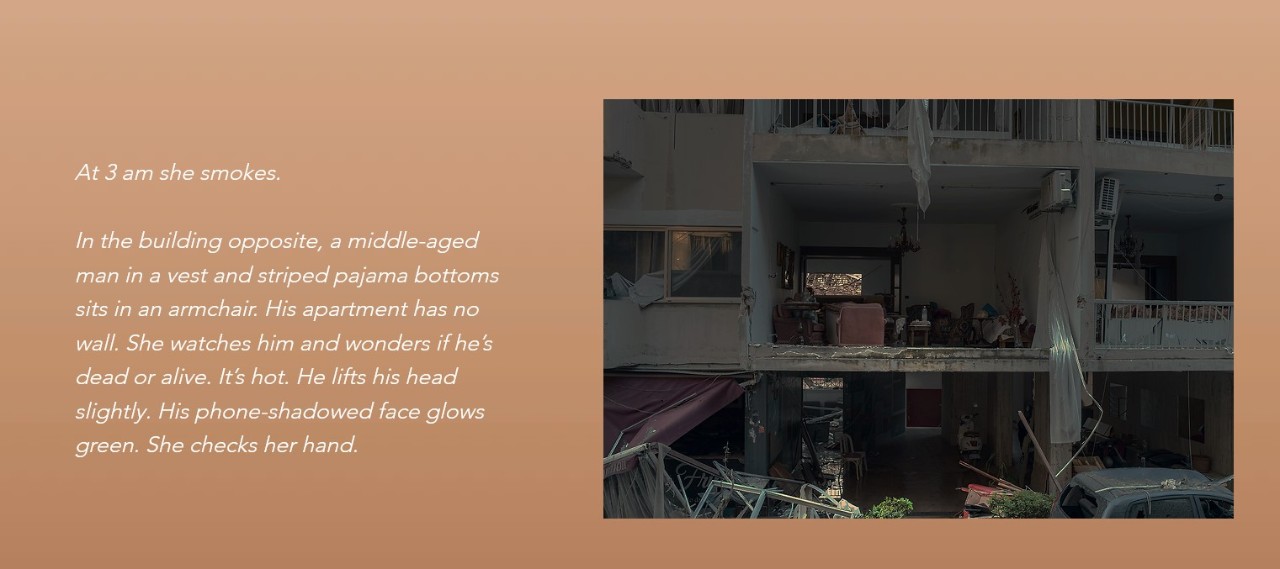How do you watch a play when there is no stage, no actors and no live audience?
Watch the digital play, "Lucid Dreaming," by Scottish playwright David Greig, and your perception of what defines a play might expand.
"A digital play is sort of antithetical to what we know as a play," says Brant Russell, chair of the University of Cincinnati's acting program within the College-Conservatory of Music (CCM).
Russell, and a team of cross college collaborators, developed the digital version of "Lucid Dreaming" through The Cincinnati Review, a literary magazine published by the university and hosted by the UC Department of English. The play was first performed on stage in August 2015, at Summerhall Theatre, Edinburgh, Scotland.
"UC is one of the only places that has the muscle for something like this," says Russell, who is the literary magazine's drama editor, of the digital play which blends a literary work with a technology medium.
The result is an experience that engages the audience with the computer screen by page turning through text, images and pop-up windows that complement the scenes.
The main characters are two people, communicating via text messaging, whose age, ethnicity and relationship to each other are vague. What is clear from the dialogue is that one character resides in a desperate, war-torn land, while the other lives in a first world environment. What draws you in, however, is that the characters share a secret about someone's sexuality, a secret that could compromise a life.
"It's very ambiguous and things seem to overlap, but it's ambiguous on purpose," says Lisa Ampleman, the magazine's editor. "The best writers leave you wanting more," she says of the myriad of questions that come up from viewers after having seen the digital play.
Scrolling through a play instead of watching it live on stage is a novel format, she says, and overseeing the production was unlike anything the magazine had ever done before; charging Ampleman with finding a webpage designer who could transform the play into digital form.
For this, she says, she needed look no further than UC's School of Design, Architecture, Art, and Planning (DAAP), where first-year design student Aubryanna Bailey responded to Ampleman's flyer requesting design assistance.
"I went in blind. I didn't know what the script would be about," says Bailey, noting that she searched the internet, to no avail, for a similar concept and ultimately relied on her web design experience from creating a personal blog and working on other web-based projects.
What she did have, however, was a designer's eye and great enthusiasm for the project; although she admits she too still has unresolved questions about the characters' relationship and their whereabouts.
"People are going to be equally intrigued and mystified by the piece because there are no real rules or expectations," says Russell, adding: "The ability to create this piece at an esteemed magazine, with David who is based in Edinburgh, with DAAP and CCM is the coolest thing in the world."
Featured image at top: Unsplash/Schmid







